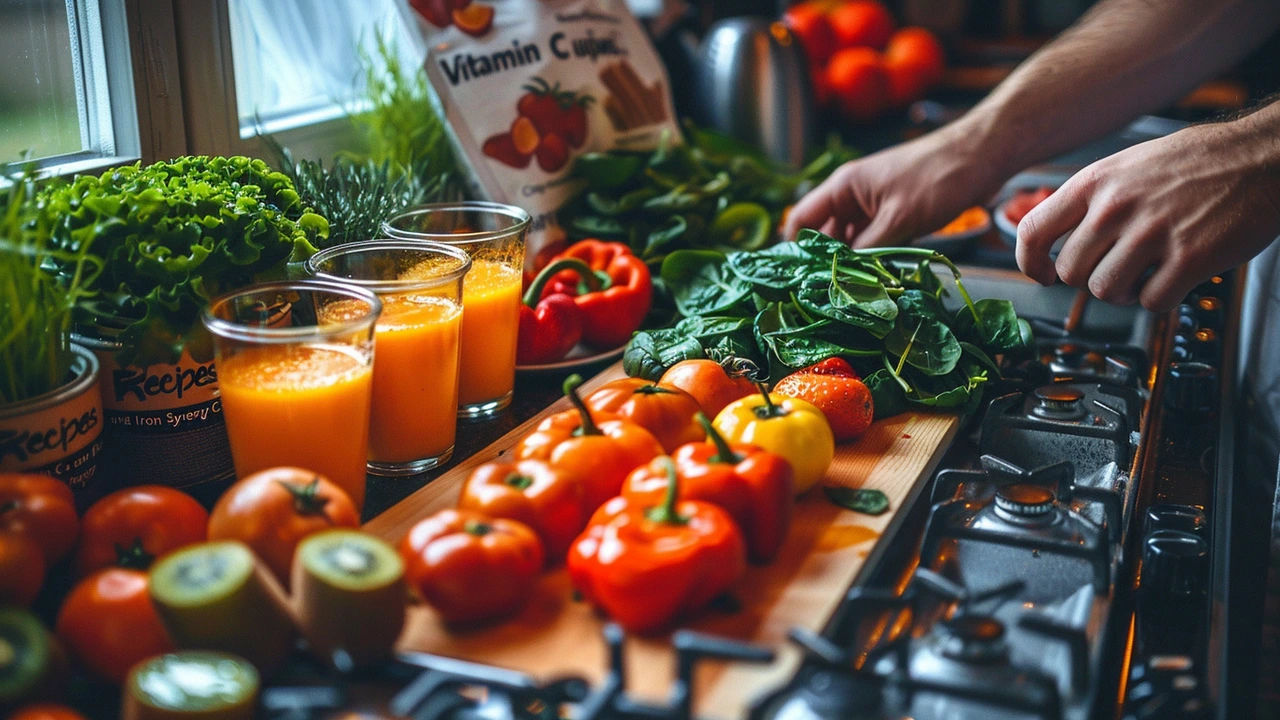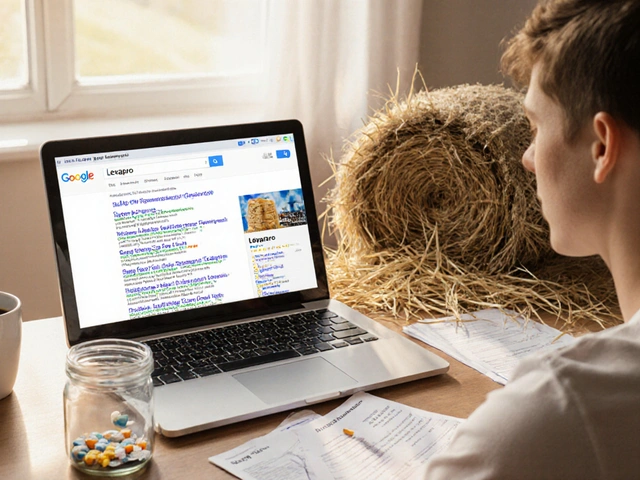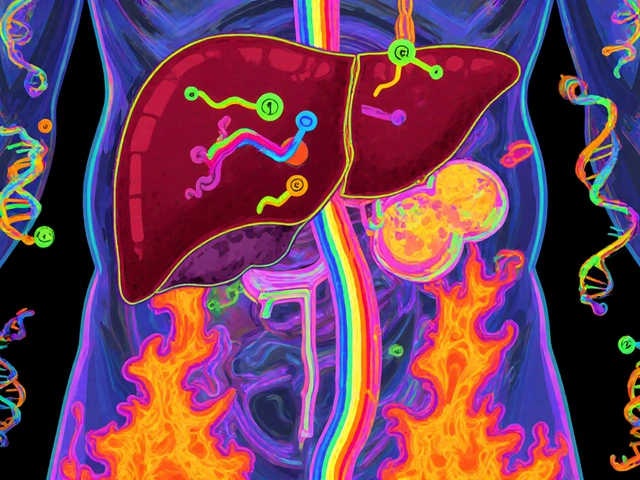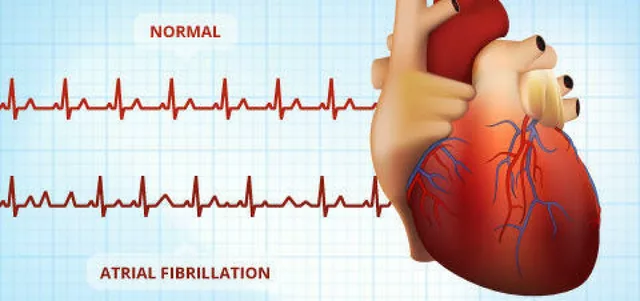May 2024 Health Insights: How Vitamin C Improves Iron Absorption
Did you know a single orange can make the iron in your steak easier for your body to use? That’s the power of Vitamin C, and it was the focus of our May 2024 post. We broke down why this vitamin matters, how it fights anemia, and what simple food combos can give you a boost without a pharmacy visit.
Why Vitamin C Matters for Iron
Iron comes in two forms in food: heme iron from meat and non‑heme iron from plants. Heme iron is already pretty bioavailable, but non‑heme iron needs a little help to get absorbed. That’s where Vitamin C steps in. It changes the iron’s chemical state, turning it into a form that your gut walls can pull through more easily.
Research shows that adding just 50 mg of Vitamin C – about half a cup of strawberries – to a plant‑based meal can double the amount of iron your body absorbs. The effect is strongest when you eat the vitamin and iron sources together, not hours apart. This synergy means you don’t have to load up on supplements; a balanced plate does the trick.
Anemia often creeps in quietly. Fatigue, shortness of breath, and pale skin are common signs, but they can be mistaken for stress or lack of sleep. If you’re feeling unusually tired, checking your iron status is a smart move, especially if your diet leans heavy on beans, lentils, or leafy greens.
Practical Ways to Pair Vitamin C with Iron‑Rich Foods
Here are three everyday combos that turn a regular meal into an iron‑friendly powerhouse:
- Spinach salad + citrus dressing: Toss fresh spinach with a squeeze of lemon or orange juice. The Vitamin C in the dressing boosts the plant iron in spinach.
- Lentil soup + tomato garnish: Stir in diced tomatoes or add a spoonful of tomato paste. Tomatoes are packed with Vitamin C and blend naturally into soups.
- Beef stir‑fry + bell peppers: Sauté strips of beef with red or yellow bell peppers. The colorful peppers supply plenty of Vitamin C to help your body use the iron from meat even better.
If you prefer snacks, grab a handful of kiwi slices next to a small portion of almonds. Or blend a berry smoothie with fortified oat milk for a breakfast that covers both nutrients in one go.
Remember to avoid coffee or tea right after iron‑rich meals; the tannins can block absorption. Waiting an hour gives your body time to soak up the iron and Vitamin C without interference.
Our May 2024 article also answered common questions like "Can I take a Vitamin C supplement instead of food?" and "How much iron do I really need?" The short answer: whole foods win for most people, and the daily recommended iron intake is about 8 mg for men and 18 mg for women of child‑bearing age. Pair those numbers with roughly 75–90 mg of Vitamin C from food to see real benefits.
Bottom line? A few bright fruits or veggies can turn a standard dinner into an anemia‑fighting meal. No need for pricey pills – just add the right color and flavor, and let your body do the rest.
The Essential Role of Vitamin C in Boosting Iron Absorption and Preventing Anemia
Vitamin C plays a crucial role in enhancing iron absorption and preventing anemia. Understanding how this vitamin works with iron can help individuals maintain better health. This article explores the relationship between Vitamin C and iron, the importance of their synergy, and practical tips for incorporating these nutrients into your diet.






